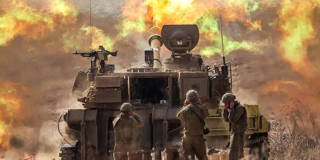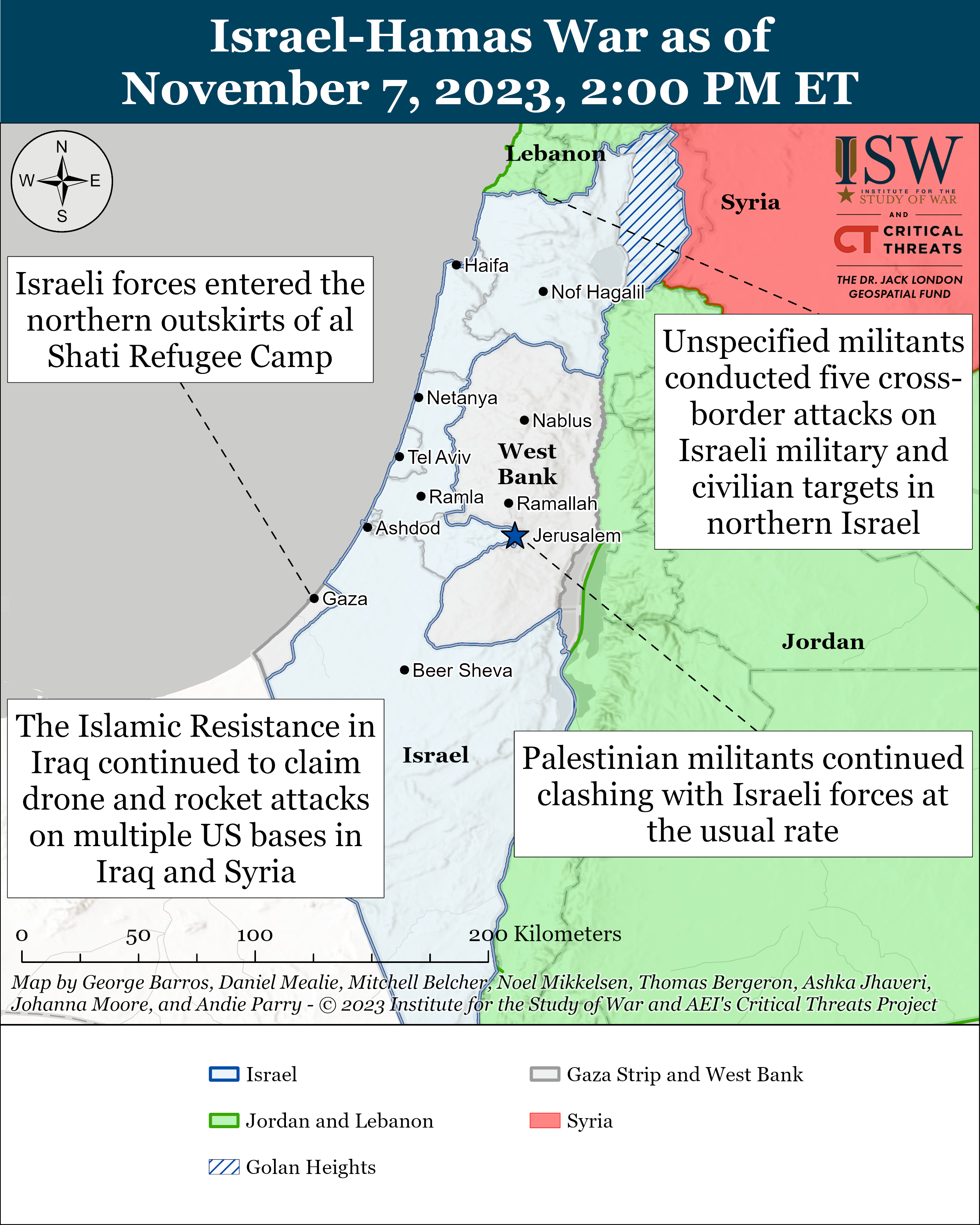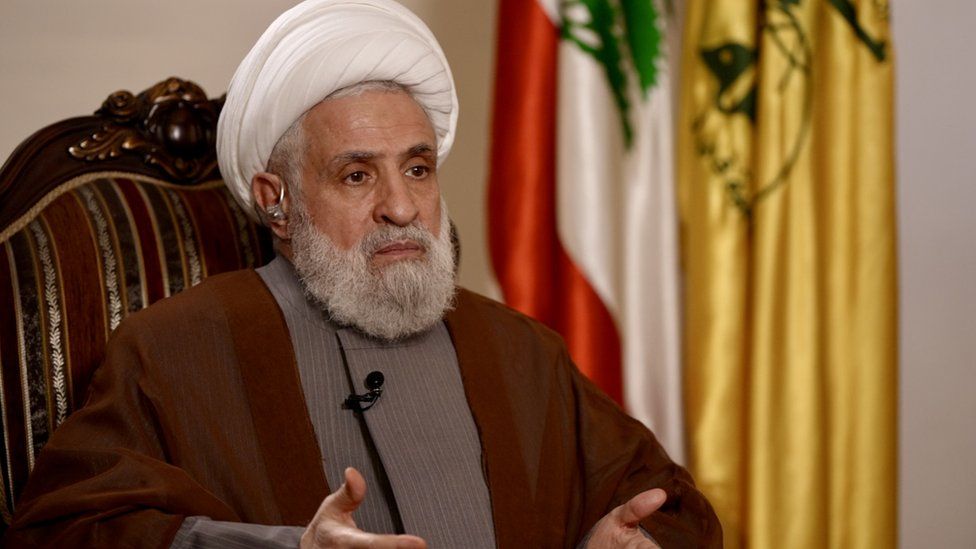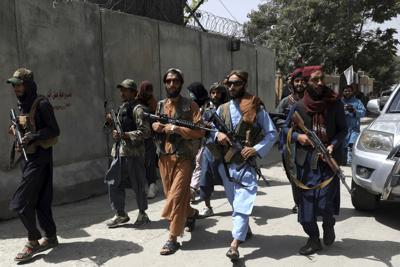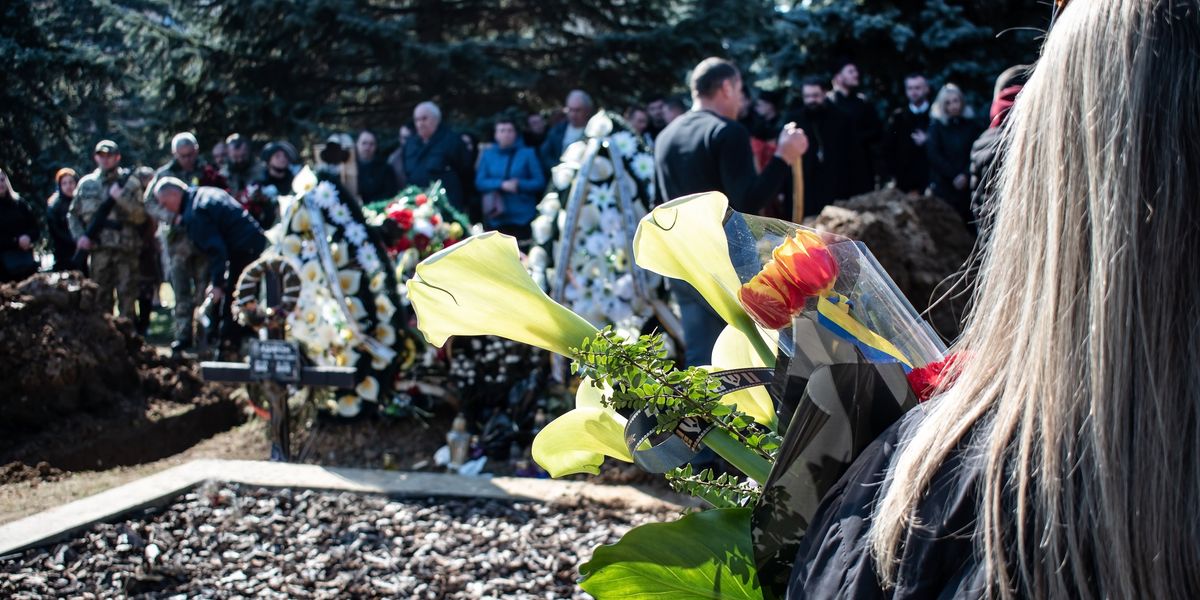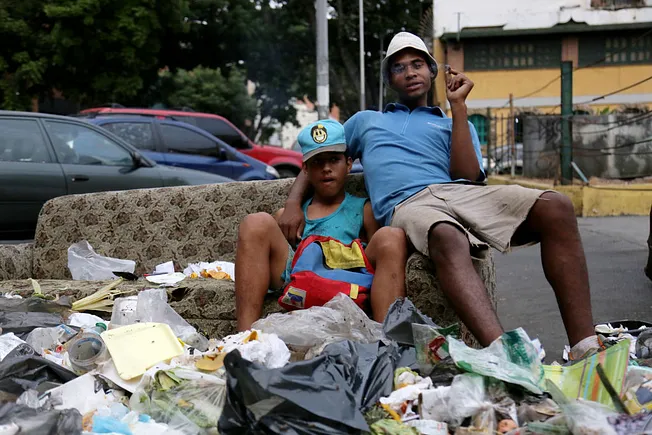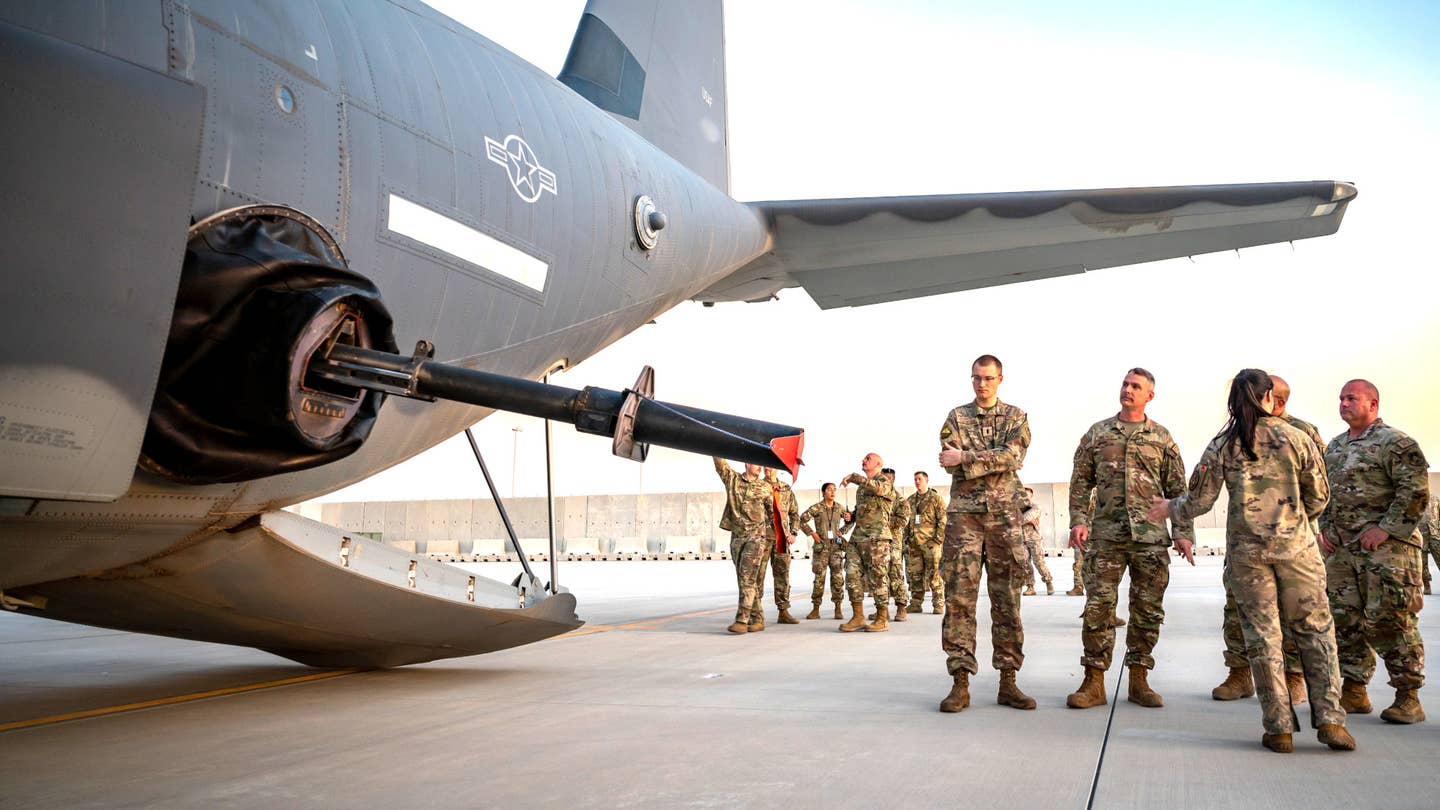LAZAR BERMAN
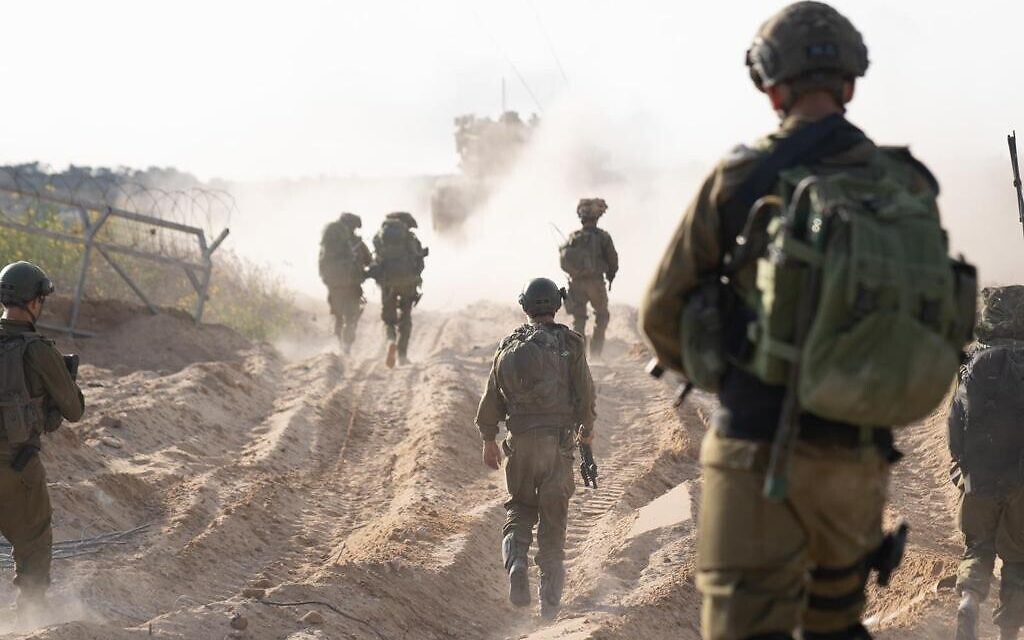
After a period of doubt as IDF troops idled on the Gaza border for weeks, Israel’s government has shown a serious commitment to the ground invasion of the Hamas-run enclave.
Three divisions are inside the northern half of the Gaza Strip, cutting the territory in half and making steady progress toward the heart of Gaza City.
A month into the war, launched in the wake of the Hamas massacres on October 7, the military and Israel’s political leadership boast of significant achievements against Hamas. Israel’s allies continue to support its attempts to destroy the terrorist organization, and the unity government running the war appears stable.
But there are reasons for concern, even if the war seems to have gone even better than expected at this point.
‘Very wisely, very carefully’
After October 7, experts warned that the impending ground invasion would be “very, very messy.” The US sent military experts to Israel to reportedly convince its leaders that urban combat would be too bloody, and that a more prudent path would be an operation consisting of airstrikes and special forces raids.
